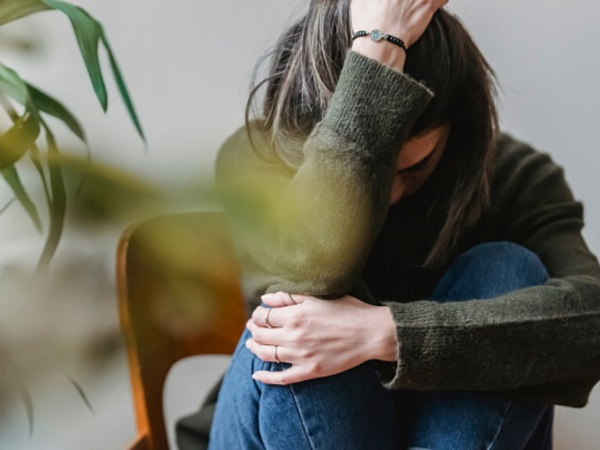When you are faced with abuse, fear, or intimidation in your own home or relationship, the law is there to protect you. One of the most powerful tools available in South Africa is a protection order. This legal document can stop an abuser from continuing harmful behaviour and give you immediate safety.
In this guide, we explain in plain English how to obtain a protection order in South Africa, what the law says, the step-by-step process, and what you can expect along the way. Whether you are looking for help for yourself, a friend, or a family member, this article will give you the knowledge you need to act.
The Law: Domestic Violence Act and New Amendments
Protections used to stop with the original Domestic Violence Act 116 of 1998. That all changed with the Domestic Violence Amendment Act 14 of 2021, which became operational from 14 April 2023. This brought important additions:
- new definitions (like spiritual abuse, elder abuse, coercive control),
- electronic application methods,
- and improved access to court support.
What Counts as Domestic Violence?
The updated law now includes more kinds of harmful behaviour, such as:
- Spiritual and elder abuse
- Controlling or coercive behaviour – like restricting your independence or manipulating you
- Exposure of children to harm
Traditional forms— physical, sexual, emotional, verbal, psychological, economic abuse, intimidation, harassment, stalking, property damage, unlawful entry, and controlling behaviours—are still grounds for protection.
Important: Domestic violence is not limited to romantic partners. It includes parents, relatives, former partners, or anyone you live with or have a domestic relationship with.
Who Can Apply for a Protection Order?
- The victim (complainant) can apply.
- Someone else on behalf of the victim can also apply — for example, a social worker, counsellor, teacher, doctor, or police officer.
This ensures that vulnerable people, such as children, can still be protected even if they cannot apply themselves.
New: You Can Apply Electronically
Thanks to the amendments, you don’t always need to go to court in person. You can now apply electronically, emailing your application to the court clerk—ex parte—for urgent protection. This is a major step forward in accessibility.
https://dojonline.justice.gov.za
Step-by-Step: How to Obtain a Protection Order
Here’s the process, explained simply:
Step 1: Prepare Thoroughly
- Keep a record of all incidents (dates, times).
- Include your and the abuser’s ID, contact, and address details.
- It’s powerful to include medical records, photographs, witness statements, messages, emails, or J88 forms
Step 2: Apply
- Either visit your nearest Magistrate’s Court (Domestic Violence section) or your local police station, or
- Send your application electronically to the court clerk for urgent handling.
Step 3: Go Through Court Process
- Your affidavit is checked by a magistrate.
- If urgent, an Interim Protection Order may be issued ex parte (without the abuser).
- If unclear, the court may issue a Notice to Show Cause.
- Otherwise, your return date is set.
Step 4: Serve the Order
- Only once it’s served by the police or sheriff does it become effective.
- The court issues a Warrant of Arrest alongside the interim order
Step 5: Return Hearing
- If the abuser doesn’t show, the court may finalize the order.
- If they do, both sides can present their case. Court proceedings are private and protective.
Step 6: Final Protection Order and Safety Monitoring
- A final order lasts indefinitely unless changed.
- It comes with a suspended warrant allowing an immediate arrest if breached.
- You may also receive a Domestic Violence Safety Monitoring Notice for regular police check-ins.
What a Protection Order Covers
A protection order can order the abuser to:
- Stop all forms of abuse and contact (even digital).
- Keep the abuser away from your home, workplace, or school.
- Force them to hand over weapons.
- Temporarily give you use of a shared home or custody.
What Happens if the Abuser Breaks the Order?
- Violating a protection order is a crime.
- It can result in arrest, a fine, or up to five years in prison.
- Always report a breach to the police immediately.
Statistics: Why Protection Orders Matter
South Africa has one of the highest rates of gender-based violence in the world.
- 7 women are killed every day by their partners (StatsSA, 2022).
- In 60% of reported cases, the abuser is an intimate partner.
- Almost 50% of women report experiencing some form of domestic violence in their lifetime.
These numbers show why protection orders are critical for safety and survival.
Domestic Violence and Gender-Based Violence (GBV)
Domestic violence often forms part of the bigger crisis of Gender-Based Violence in South Africa. Abuse is not only about physical harm — it’s about power and control. Protection orders are designed to break this cycle and provide victims with the legal backing to reclaim their safety.
Can a Protection Order Be Changed or Cancelled?
Yes. Protection orders are not set in stone. They can be:
- Amended: If circumstances change (e.g., new address, children’s arrangements).
- Set aside: Either by you (the complainant) if you feel safe, or by the court if satisfied it is no longer needed.
Common Misconceptions
- “Only women can apply.” False — men can also be victims of domestic violence.
- “It’s too complicated to apply.” False — clerks and police officers are there to assist.
- “It only applies where there is physical abuse.” False — emotional, financial, and psychological abuse also qualify.
Who Can Help You?
If you are in danger, reach out to these organisations for help:
- GBV Command Centre (Toll Free): 0800 428 428
- SAPs Emergency: 10111
- Lifeline SA: 0861 322 322
- Women’s Legal Centre: 021 424 5660
Words from Shapiro & Haasbroek
Applying for a protection order may feel overwhelming, but it is one of the most important steps you can take to protect yourself and your family. The law is there to help you — and you don’t need to face it alone.
At Shapiro & Haasbroek Inc., we are here to walk you through the process, explain your rights clearly, and ensure you get the protection you deserve.
If you or someone you love is experiencing abuse, reach out to us today. Together, we’ll help you reclaim your safety and peace of mind.





